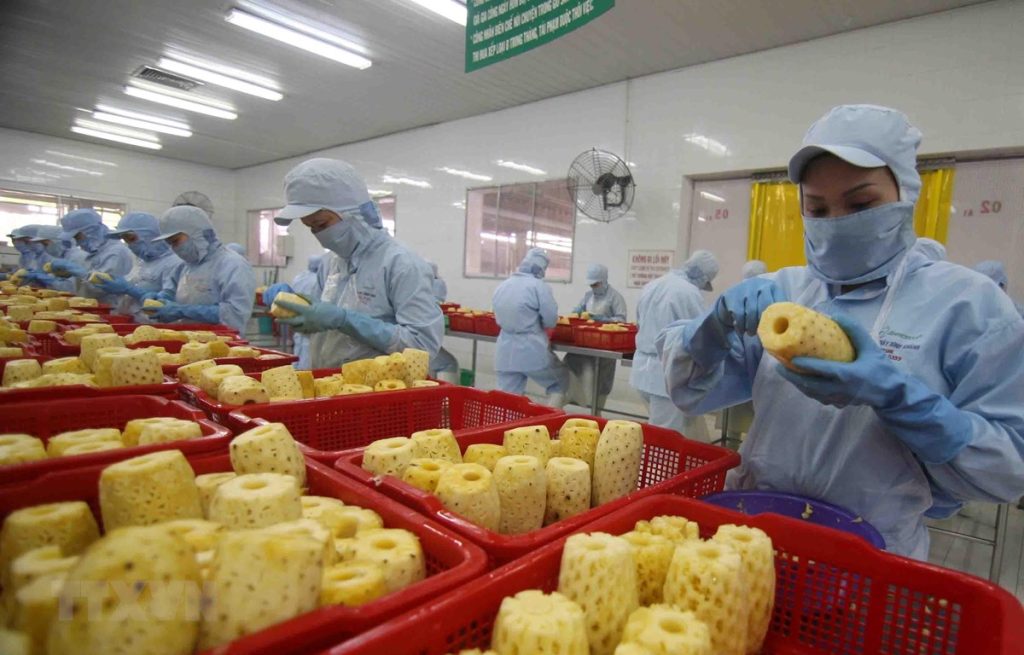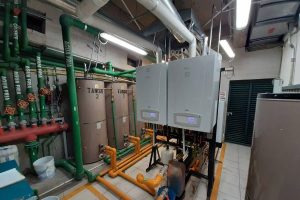Industrial drying mechanisms serve as a means to maintain an ideal atmosphere within the agricultural sector, and of course in the food industry itself. Solutions that should be ideal within an operational and energy-efficient framework.
Food drying is a relevant topic of the past, present, and future. Given the high food demands on an increasingly populated planet, the efficiency of the production, drying, and storage processes, coupled with energy savings, takes on more notable importance. It is estimated that at least 50% of the total energy used in post-harvest foods is allocated exclusively to drying treatments. In that sense, industrial dehumidifying systems and other dehumidification methods with alternative methods, such as the use of the mineral zeolite, are extremely necessary in any industry.
Focusing on zeolite can be defined as an excellent material with a high affinity to water and surrounding humidity, so using it as an auxiliary in drying devices can further help energy utilization. In fact, as laboratory tests, they have used zeolite to observe its ability to dry onion and rice. Managing a temperature range of between 50 and 60 degrees Celsius, the efficiency of the system can reach up to 75%, resulting in a high-quality product.
As long as food drying processes are more efficient, the challenges of global food demand will be fully met. Therefore, it is essential to make full use of industrial dehumidifiers and other drying methods. The importance of these processes lies in giving the consumer an option, in their comfort to consume the stored foods, without them suffering alterations in their morphology that lower their quality, much less representing a danger to people.
In general, foods of agricultural origins, such as legumes and starch products, have to be dried at low temperatures of 10°C, or moderate in a range of 50°C to 70°C; this is to ensure the conservation of their healthy properties, such as proteins, vitamins, enzymes, among others. Likewise, an adequate desiccant process will guarantee good texture, color, and shape.
The different drying methods must be discerned because modern technology has been making significant leaps with very favorable results. On the one hand, we have industrial dehumidifiers for low temperatures and even freezing, and on the other hand, there are convective drying mechanisms. Ultimately, you have to see which ones are best for thermal and moisture transfer, concerning dew point or relative humidity.
As for the energy use of the systems, perhaps it is still not enough, since most of the conservation mechanisms or methods are still based on fossil fuels, although yes, some models or manufacturers design the systems for efficiency energy, at least as much as possible. The possibility of using the same biomass as a source of renewable energy has been seen, but the truth is that this option is only very limited. Regarding the use of solar energy, some industrial desiccants and even humidification systems have been able to be linked to this type of renewable source, either with a solar drying device or with the link to solar panels.
Although conventional drying systems have long served primary sectors, clear examples are agriculture, fishing, and even herbal medicine, the reality is that the limitations of these will have to be faced, with the help of other elements, such as zeolite or silica gel itself, especially in predominantly humid environments, for the timely removal of humidity from the air in the post-harvest, production or storage of food products.
It is about checking the different methods for good drying while perceiving an energy saving of up to 70 or 75% at least, and when it comes to more sophisticated systems, where they involve pre-drying and moisture absorption in stages, then savings of up to 90% could be perceived.




